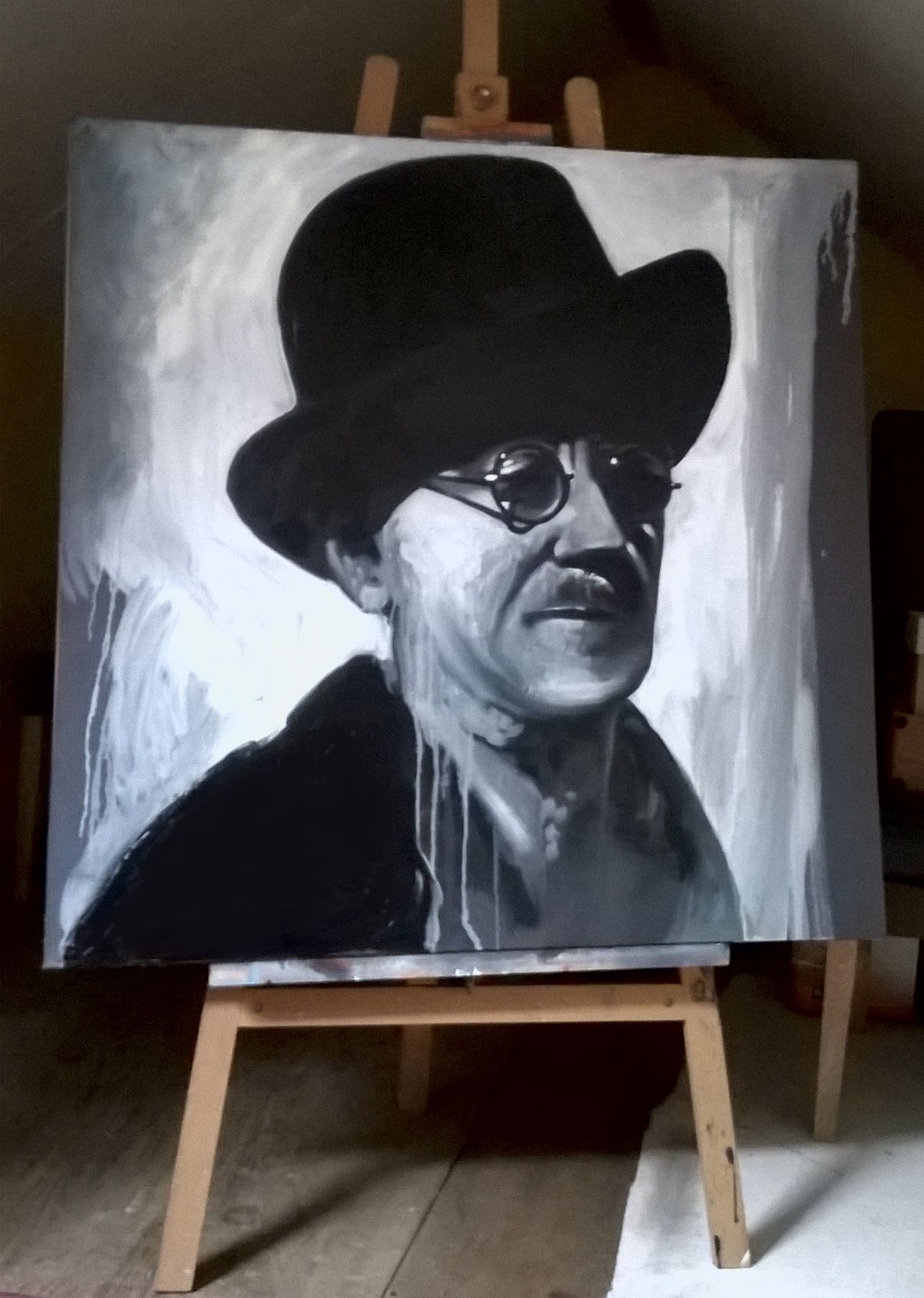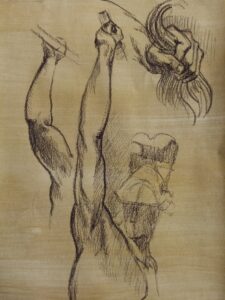James Joyce is widely regarded as one of the most innovative and influential writers of the 20th century. Born in Dublin, Ireland in 1882, Joyce is best known for his pioneering use of stream of consciousness narration and his complex, intricate writing style. His most famous works, including “Ulysses” and “Dubliners”, are often considered masterpieces of modernist literature. Joyce’s writing is characterized by its experimental structure, intertextuality, and exploration of themes such as identity, alienation, and the nature of reality.
One of the key aspects of Joyce’s work is his use of stream of consciousness narration, a literary technique that seeks to capture the flow of thoughts and feelings in a character’s mind. This technique allows Joyce to delve deep into the inner world of his characters, revealing their subconscious desires, fears, and motivations. In “Ulysses”, for example, the reader is taken on a journey through the thoughts and experiences of the protagonist, Leopold Bloom, as he navigates the streets of Dublin on a single day in 1904. This innovative narrative style has had a lasting impact on the development of modern literature, influencing writers such as Virginia Woolf and William Faulkner.
In addition to his experimental narrative techniques, Joyce is also known for his meticulous attention to detail and his intricate use of symbolism and allusion. His works are filled with references to literature, mythology, and history, creating a rich tapestry of meaning that rewards close reading and analysis. For example, in “Ulysses”, Joyce weaves together elements of Homer’s “Odyssey” with Dublin street life, creating a complex and multi-layered narrative that invites readers to explore the connections between past and present, myth and reality.
Furthermore, Joyce’s writing is marked by its exploration of themes such as identity, alienation, and the nature of reality. His characters often struggle to define themselves in a world that is constantly changing and shifting, leading to a deep sense of existential angst and dislocation. In “A Portrait of the Artist as a Young Man”, for instance, the protagonist, Stephen Dedalus, grapples with questions of religion, nationality, and artistic expression as he seeks to find his place in the world. Joyce’s probing and introspective approach to these themes has resonated with readers and critics alike, cementing his reputation as a literary giant.
Despite his critical acclaim and influence on later writers, Joyce’s work was not always well-received during his lifetime. “Ulysses”, in particular, was met with controversy and censorship due to its explicit language and experimental style. However, Joyce remained dedicated to his vision of creating a new kind of literature that challenged conventional storytelling techniques and pushed the boundaries of the form. His uncompromising commitment to his art has earned him a place among the great literary innovators of the 20th century.
In conclusion, James Joyce’s contributions to modern literature are vast and enduring. His innovative narrative techniques, intricate symbolism, and probing exploration of complex themes have left an indelible mark on the literary landscape. Joyce’s works continue to be studied and celebrated by scholars and readers around the world, testifying to the enduring power and relevance of his writing. As a graduate student, I am constantly inspired by Joyce’s ability to push the boundaries of literary expression and to challenge our assumptions about language, narrative, and the nature of storytelling. Joyce’s legacy as a pioneering modernist writer is secure, and his influence on the development of literature will continue to be felt for generations to come.




